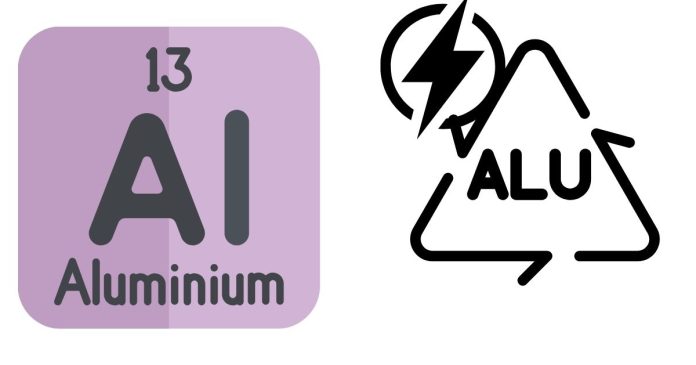The Charge of Aluminum Ion: Understanding the Basics of Ionization
Aluminum, a silvery-white metal, is a common element found in many everyday objects, from cookware to aircraft parts. When aluminum reacts with other elements, it can form ions, which are atoms or molecules that have gained or lost electrons, resulting in a net positive or negative charge. In this article, we’ll know the charge of aluminum ion, how it’s determined, and the underlying principles of ionization.
What is the Charge of Aluminum Ion?
The charge of aluminum ion is +3. This means that when aluminum forms an ion, it loses three electrons, resulting in a net positive charge.
How is the Charge of Aluminum Ion Determined?
The charge of aluminum ion is determined by its electron configuration and the way it reacts with other elements. Here’s a step-by-step explanation:
1. Electron Configuration: Aluminum has an atomic number of 13, which means it has 13 electrons. The electron configuration of aluminum is 1s² 2s² 2p⁶ 3s² 3p¹.
2. Ionization Energy: When aluminum reacts with other elements, it loses electrons to form a positive ion. The energy required to remove an electron from an atom is called ionization energy. Aluminum has a relatively low ionization energy, which makes it easy to remove electrons.
3. Electron Loss: When aluminum loses electrons, it forms a positive ion with a +3 charge. This is because aluminum has three valence electrons (3s² 3p¹) that can be easily lost to form a stable ion.
Principles of Ionization
Ionization is the process by which an atom or molecule gains or loses electrons, resulting in a net positive or negative charge. The principles of ionization are based on the following:
1. Electronegativity: The ability of an atom to attract electrons. Elements with high electronegativity tend to gain electrons, while those with low electronegativity tend to lose electrons.
2. Ionization Energy: The energy required to remove an electron from an atom. Elements with low ionization energy tend to lose electrons easily.
3. Electron Configuration: The arrangement of electrons in an atom. Elements with a full outer energy level tend to be stable and less reactive.
In conclusion, the charge of aluminum ion is +3, which is determined by its electron configuration and the way it reacts with other elements. Understanding the principles of ionization, including electronegativity, ionization energy, and electron configuration, helps us appreciate the complex chemistry behind the formation of ions.


